#angels in art
Text
Misunderstanding Lucifer from the Sandman series and why Gwendoline Christie is the right choice (an art historian and occultist's opinion)
I am writing this post as I'm absolutely baffled by the issues people seem to have with the portrayal of the character of Lucifer in the Sandman series. For some reason people find it problematic that the fallen angel is played by Gwendoline Christie, a powerful and androgynous-looking woman, but there is seemingly no problem with Lucifer being played by a black-haired man in the nightclub business (Tom Ellis in the Netflix series 'Lucifer'). Don't get me wrong, Tom Ellis is entertaining and wonderful to watch, but that particular version of Lucifer is neither canon when it comes to the comics nor does it have anything to do with the actual angel Lucifer.
Angels are genderless beings and they have always been portrayed as androgynous in the history of art. Multiple literary sources, including grimoires (books with supposed instructions on how to summon these beings and many others), state that angelic beings as well as demons are able to change their appearance. Many of those forms they might take aren't even humanoid and they can choose not to show any physical form at all. They aren't corporeal beings, the fact that they do take on any resemblance of a physical form is just so humans can understand them better. That's why we've been painting them as human-like ever since the early times of human civilization. What we make to be similar to us is what makes it comprehensible. Portraying beings from other dimensions/realms as human-like but with androgynous features is a way to show they don't belong in the physical dimension, as gender is likely a non-existent concept in other realms of existence. Androgyny of mythical beings, therefore, emphasizes the fact they are different than physical beings such as humans.
Therefore, when portraying an angelic being in art, or in any type of media, making them androgynous is making way for their essence to come through. In a way, the same applies to the way elves are portrayed as ethereal and androgynous since they don't have to be corporeal beings at all, at least when it comes to folklore. I know this opinion might not be understandable to others or it might sound controversial, but I believe that not portraying an angelic being as androgynous and not showing any signs of their divine origin (these include mannerisms that emphasize their etheriality for example, a cadence in their voice that is different etc.) is a huge missed opportunity that might rob these interesting mythical beings of what they are. Not making angels feel like angels beats the point of having an angel character (in a movie, series or video game for example) in the first place.
This is why Gwendoline Christie is the right choice. At a height of 6′ 3″ (1.91 m), captivatingly pale. androgynous with a powerful specific sort of grace and presence - a perfect 'vessel' for the Morning Star. What's more, she understands the importance, complexity, grandeur and the mythical dimension of the figure of Lucifer, as well as the whole 'spirituality' of the Sandman universe which is rather evident from her approach to this role and the interviews she has given so far. I might go so far to say that, even though the Sandman series isn't even out yet (though there is some footage available already), the casting of Gwendoline as Lucifer feels right just as the casting of Lee Pace as Thranduil in the Hobbit felt right and I consider the character of Thranduil to be the best portrayal of a humanoid mythical being on TV. Lee felt like an elven king, moved like an elven king, spoke like an elven king and radiated an energy of the dimension the elven king might have come from (I'm talking about the folkloric 'Otherworld' where elves supposedly live). I feel the same might apply to Gwendoline and Lucifer.
As an occultist, art historian, anthropologist and someone who is rather fond of the figure of Lucifer, I am looking forward to seeing how Gwendoline interprets him. Finally, we might get something completely different from a frequently portrayed 'demonic' side/version of this important mythical character. We might just see the Light Bringer who has not forgotten his divine origin.
- Heidi (@theatrum-tenebrarum)



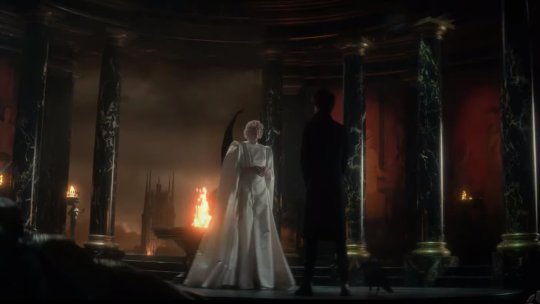
Gwendoline Christie as Lucifer (The Sandman series on Netflix, out 5th August 2022)
#lucifer#lucifer morningstar#thesandman#sandman#mythology#arthistory#angels in art#characters#neil gaiman#gwendoline christie#comics#thranduil#elves#folklorist#luciferian#occult#occultism#witch#magick#esoteric#myths#myth#folklore#rant#gender#netflix#netflix series#anthropology#androgyny#theoccultinpopularmedia
6K notes
·
View notes
Text
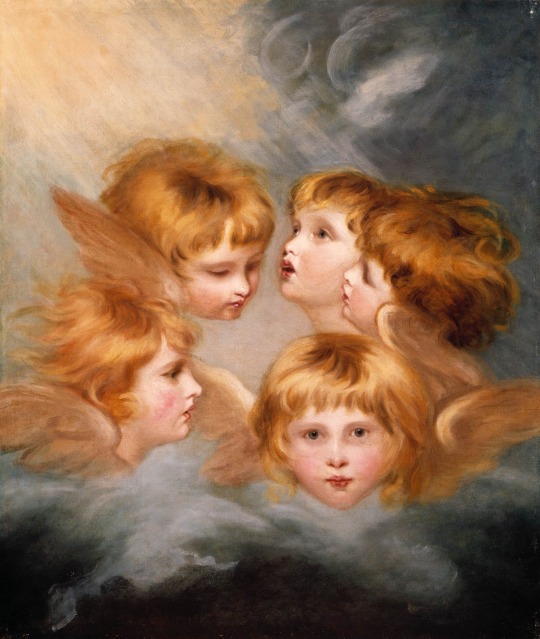
Joshua Reynolds, "Heads of Angels: Miss Frances Gordon", ca. 1786-87
329 notes
·
View notes
Text
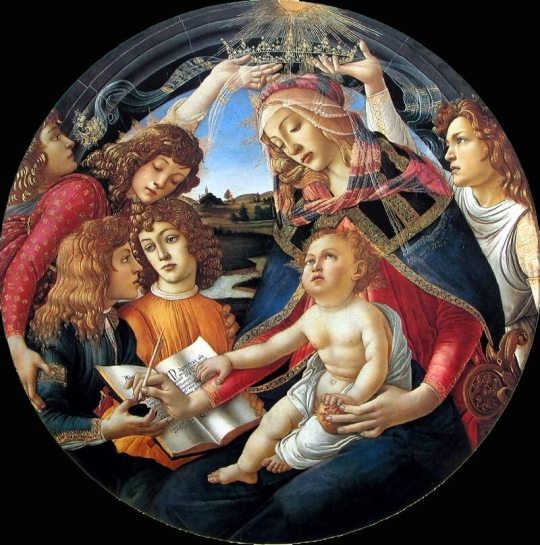
Sandro Botticelli (Italian, c. 1445-1510) ~ Mary with the Child and Singing Angels ~ c. 1480 ~ Oil on poplar panel ~ Gemäldegalerie, Berlin
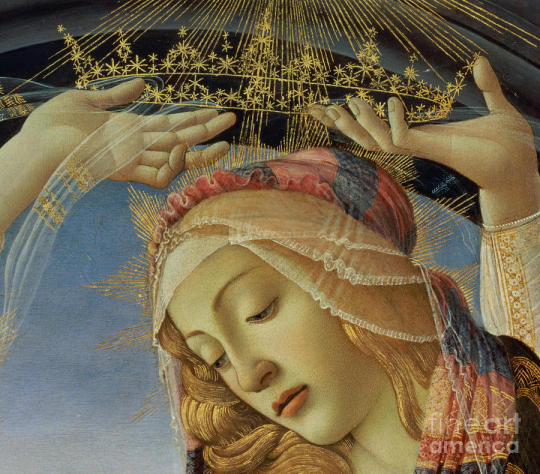
Mary with the Child and Singing Angels (detail)
#early renaissance art#botticelli#italian renaissance#religious painting#madonna in paintings#favorite artists#painting detail#pagan shinx art blog#art#painting#fine art#art history#women in paintings#italian painter#italian artist#angels in art#virgin mary in paintings#christ child in paintings#favorite painter
67 notes
·
View notes
Photo
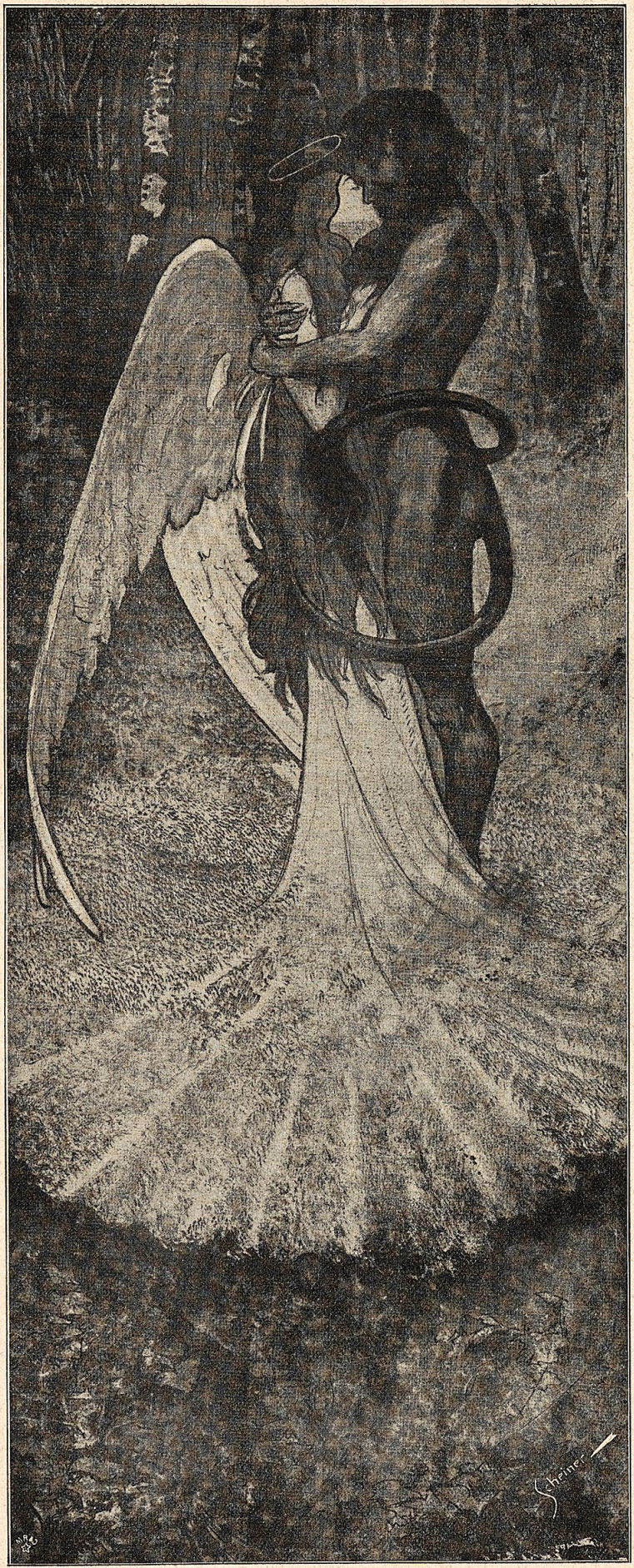
Artuš Scheiner / Illustration from “Lustige Blätter” (”Comic Pages”) №15, 1901 / Heidelberg University Library
#Artuš Scheiner#bohemian art#illustration#1900s#1900s art#20th century art#20th century#angels in art
198 notes
·
View notes
Text

Statue of Rebel Angel by Salvatore Buemi. National Capitol Building, Havana, Cuba. Photo by Carol M. Highsmith, cropped by me.
#czortposting#rebel angel#lucifer#lucifer art#lucifer statue#luciferian#art#sculpture#romantic satanism#statue#fallen angel#the devil#satan#rebellion#war in heaven#luciferianism#satanic#angel#fallen angels#angels in art#rebel#havana#cuba
572 notes
·
View notes
Text

Museum of Sevilla
51 notes
·
View notes
Photo

‘Preparing to Sound the Alarm,’ (2011)
Thomas Blackshear (b. 1955 –),
Oil on canvas, 25 x 20 in. (63.5 x 50.8 cm.),
Private collection of artist.
203 notes
·
View notes
Text

Angel in the city: Edinburgh
Ferrarese School
(late 15th Century)
Italian
The Virgin and Child with Two Angels about 1470 - 80
Tempera, oil and gold on panel
National Galleries of Scotland
#found#art#edinburgh#angels in art#angels#angel#angels of Edinburgh#angel in the city#angelic#medieval art
6 notes
·
View notes
Text

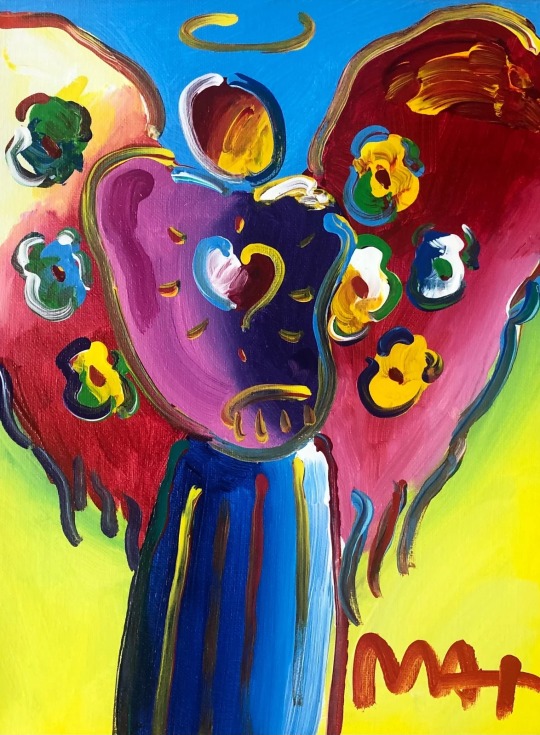

Peter Max, Angel with Heart, 2015
Peter Max, Angel with Heart, 2000-2015
Peter Max, Angel with Heart, 2000-2015
#peter max#american artist#american painter#american art#american painting#angels#angels in art#angel art#hearts#heart art#art on tumblr#pop art#pop artist#psychedelic art#psychedelic artist#modern art#art history#aesthetictumblr#tumblraesthetic#tumblrpic#tumblrpictures#tumblr art#aesthetic#beauty
7 notes
·
View notes
Text
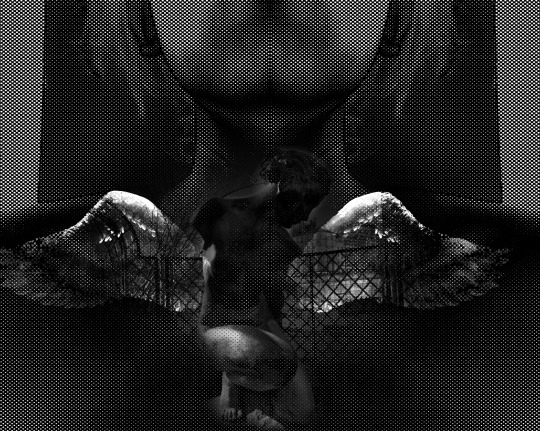

Variations of a dream
#Artists on tumblr#dreamcore#angelcore#whimsigoth#whimsicore#original photography#original photographers#digital collage#multiple exposures#weirdcore#angels in art#darkcore#dark aesthetic#original work#mine
3 notes
·
View notes
Photo

Elisabetta Sirani
Head of Archangel Gabriel (circa 1662)
#elisabetta sirani#italian art#traditional art#painting#oil#portrait#angels in art#flowers in art#1600s
14 notes
·
View notes
Text
The Seraphim
"We stand directly in the sight of God – the Seraphim."

Seraphim Tetramorph, Cathedral of Santa Maria Nuova, Monreale, Sicily, 12th century
Their name, woven from a fiery song, comes from Hebrew saraf, meaning „to burn“ / „to scorch“. In the Bible, the Seraphim are mentioned by Isaiah, when the prophet recounts the vision of these beings. They are described to be standing over Adonai and having six wings. According to Isaiah, they use two wings to cover their faces, with another pair they cover their feet and they use the remaining two to fly. The prophet also recounts the powerful voices of these beings, as well as their ability to instantly remove evil. We are introduced to the latter by a certain Seraph that brings a piece of hot coal to Isaiah's lips and proclaims that by this act all evil is ritually cleansed from his soul.

Ninth Vision of Hildegard of Bingen, Personification of God’s Power, 12th century
It's interesting to note that the word „seraph“, when appearing elsewhere in the Old Testament, is referring to venomous snakes. It is unclear why, although some have suggested that the Seraphim, beings recounted by Isaiah, were in some way serpentine. When mentioning snakes himself, the same prophet also describes them as flying.

Seraphim and Angels, 'Queen Mary Psalter', 14th century
The visual image of these beings most probably has its roots in the Assyrian-Babylonian iconography. That is no surprise since Hebrew culture was influenced by the Mesopotamian world, amongst others. Therefore, earlier artists of the Christian world most likely translated the Assyrian winged genies - daimons into another visual and cultural language. That is how the story of angels in art begins.
Seraphim are commonly depicted with six colored wings. However, the iconographic distinction of angelic hierarchies had diminished over time as artists left the imagination of the hierarchies to the eye of each beholder.
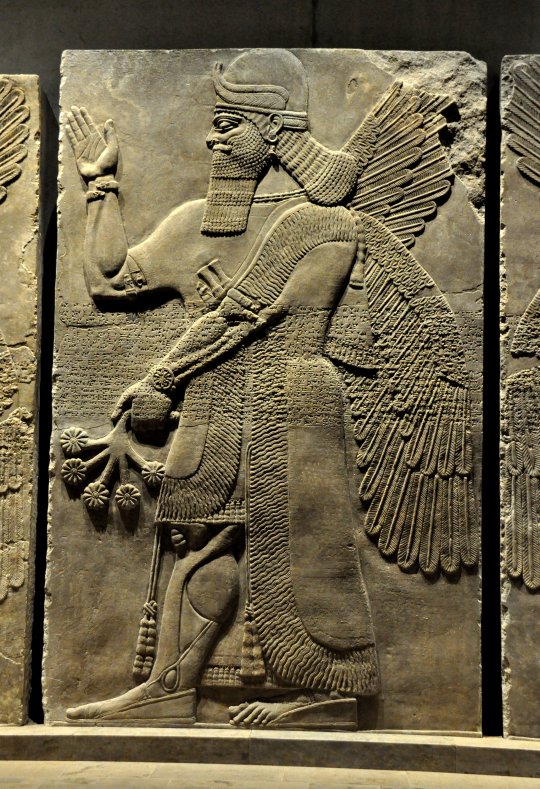
Apkallu from the Nimrud palace in Mesopotamia, 9th century BC, State Museum of Egyptian Art in Munich, Germany
-Heidi (@theatrum-tenebrarum)
#angels#angels in art#art#angel art#art history#art historian#occult#occultism#angel magick#seraph#seraphim#biblically accurate angel#iconography#sacred art#writing#cultural anthropology#mystical#fallen angels#fallen angel#serpent#serpents#snake#snakes#ancient#mesopotamia#daimon#own
106 notes
·
View notes
Text
I'll share this here too.

It reminds me of a certain someone...
9 notes
·
View notes
Text

Domenico Zampieri, known as Domenichino (Italian, 1581-1641) • St. Cecelia with an Angel Holding a Musical Score • 1618 • Musée du Louvre
#baroque art#art#painting#fine art#art history#angels in art#women in paintings#17th century painting#italian artist#religious painting#bolognese school#musée du louvre#musicians in artworks
30 notes
·
View notes
Photo

Isobel Lilian Gloag / “Four corners to my bed” / ab. 1901 / Private collection via Christie’s
#Isobel Lilian Gloag#1900s#20th century art#20th century#angels in art#1900s art#british art#english art
179 notes
·
View notes
Text
I was in the Metropolitan Museum in New York City last weekend, looking through the Medieval and Renaissance art for anything that resembled Aziraphale or Crowley* - and while I found a few that could maaaaybe seem a match for the Ineffables, I came across someone I didn’t expect: Sandalphon.

*yes, I know all about the futility of looking for images of our favorite Welsh and Scottish actors in art created as much as 800 years before they were born - but it was fun, and it gave me an “in” to look at and appreciate art that I typically don’t enjoy. (Too many wan Madonnas and dour-faced saints for my tastes!)

2 notes
·
View notes